- Details
- Hits: 4099
Station: Amasa, MI
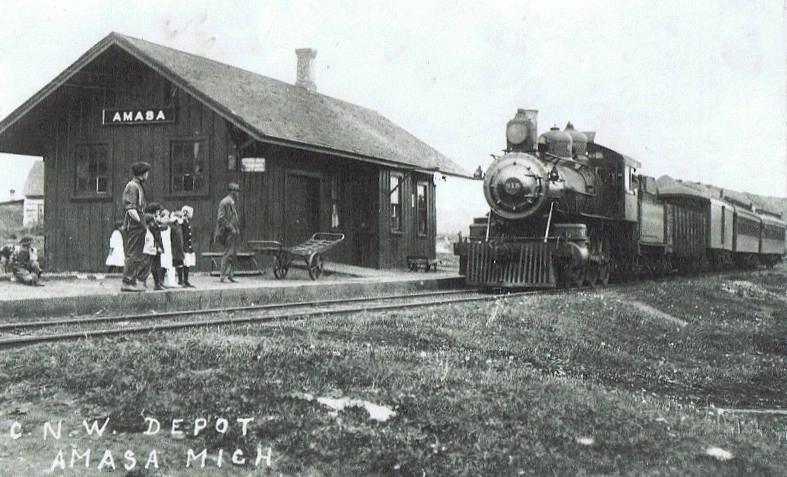
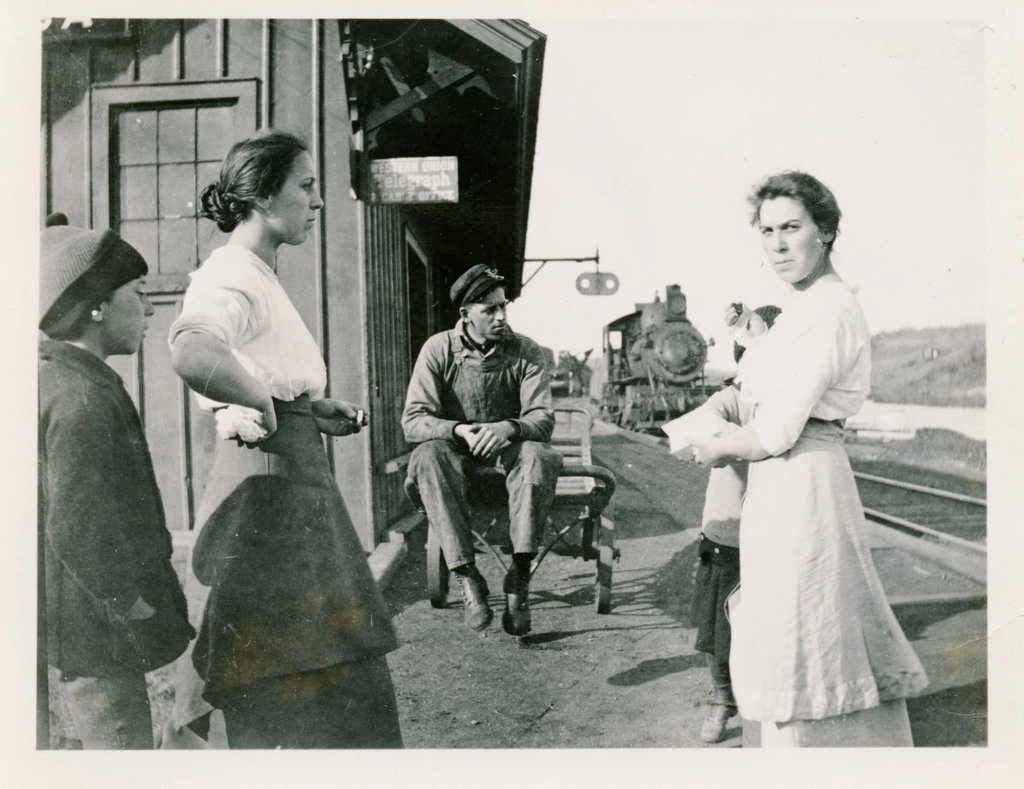
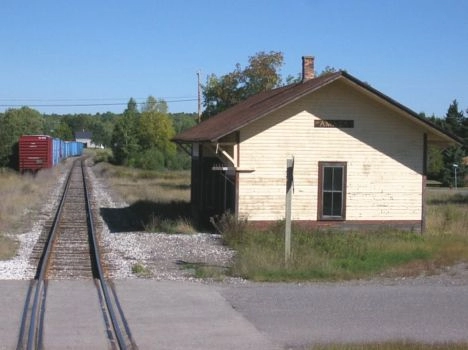
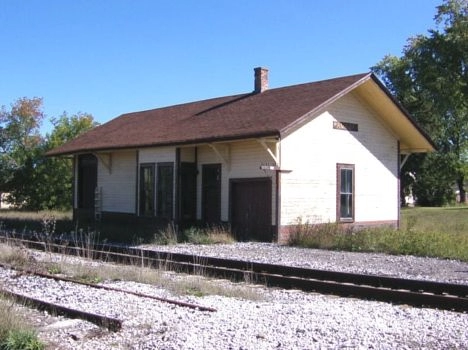
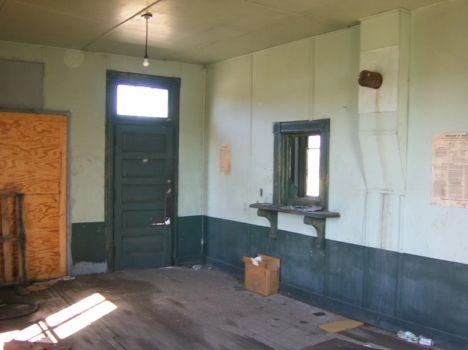
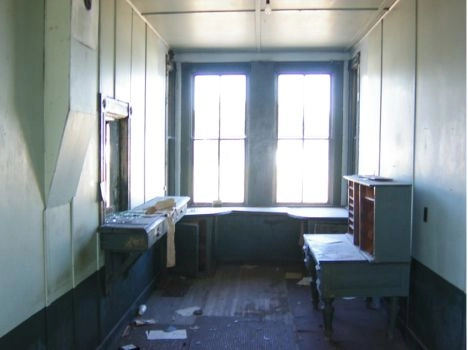 Amasa's beginning was linked to the discovery of iron ore in the area. The Pickands-Mather Company (Hemlock Mining Company) began full mining operations in 1890 after the completion of a railroad spur by the Paint River Railway Company, which connected the mine site to Crystal Falls 16 miles to the south. The line became the Paint River branch of the C&NW.
Amasa's beginning was linked to the discovery of iron ore in the area. The Pickands-Mather Company (Hemlock Mining Company) began full mining operations in 1890 after the completion of a railroad spur by the Paint River Railway Company, which connected the mine site to Crystal Falls 16 miles to the south. The line became the Paint River branch of the C&NW.
The community was unincorporated, and named after Amasa Stone, a railroad pioneer and industrialist from Cleveland. [Wiki].
Amasa was also served by the Milwaukee Road on their Channing to Ontonagon line. (The two railroads crossed at a nearby crossing known as Balsam).
Image Info: Top photo, the C&NW depot at Amasa with a passenger train in the early 1900's. [Greg Bunce collection]. 2nd photo, Several people waiting at the CNW Amasa depot, with a switch engine in the background. [Mark Worrall collection]. Next four views of the former Milwaukee Road depot at Amasa with the Escanaba & Lake Superior main line running nearby. 2003. [all, Greg Bunce]
Notes
The settlement was originally known as "Hemlock" but changed to Amasa in 1892. In the early 1890's train depots were built along with other buildings. Gasoline street lamps were installed in 1901 and by 1905 the town boasted a water system. Development of the town continued until the 1920's and declined after 1930 as the iron ore industry declined.
The Warner Mine, the last to operate in the area, closed in 1940. [Iron County Historical Society]
The Milwaukee Road had a water tower at Amasa, 24' in diameter, 50,000 gal. capacity. Water was pumped from the Hemlock River. [GB]
Depot ws 24' x 35' long. Amasa also had stockyards and chute. [GB]
Time Line
1892, The Milwaukee & Northern Amasa depot was built on Pine Street in 1893. [UPM]
1910. The Milwaukee Road bridge over the Hemlock River was built in 1910. [UPM]
1917. The railroad commission approves moving the C&NW station at Amasa to about 1/4 mile from its established location. [MCR-1917]
1918. MILW and the C&NW each had a station agent here on the day shift. [TRT] They likely were in different buildings.
1937. The C&NW asked the ICC for authority to abandon 27 miles of track in Iron County. The portions affected are 12 miles of the Amasa branch and 15 miles of the Mansfield branch, leading from Amasa to a point near Crystal Falls. The railroad also requested authority to operate under a trackage rights over the main line of the CMStP&P between Crystal Falls and Amasa. [EDP-1937-0523] This was a result of the ore-pooling agreement between the railroads.
1939. The Patton Timber company of Amasa is loading logs which are railed to the Ford saw mill at Iron Mountain. [BHN-1939-1006]
1943. The railroad has a telephone line at the booth, between the office and baggage room for use by employees. [ETT-1943]
Bibliography
The following sources are utilized in this website. [SOURCE-YEAR-MMDD-PG]:
- [AAB| = All Aboard!, by Willis Dunbar, Eerdmans Publishing, Grand Rapids ©1969.
- [AAN] = Alpena Argus newspaper.
- [AARQJ] = American Association of Railroads Quiz Jr. pamphlet. © 1956
- [AATHA] = Ann Arbor Railroad Technical and Historical Association newsletter "The Double A"
- [AB] = Information provided at Michigan History Conference from Andrew Bailey, Port Huron, MI

